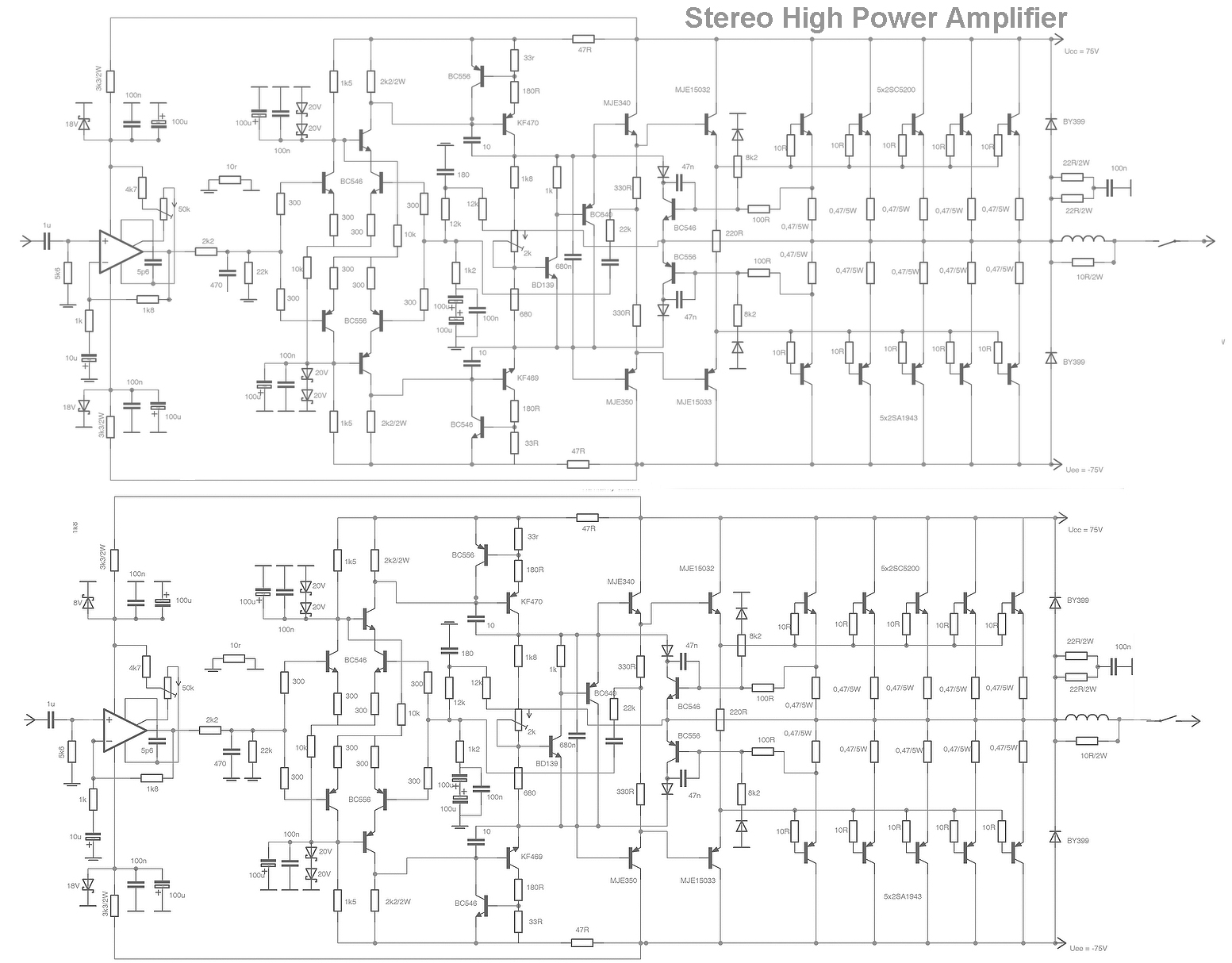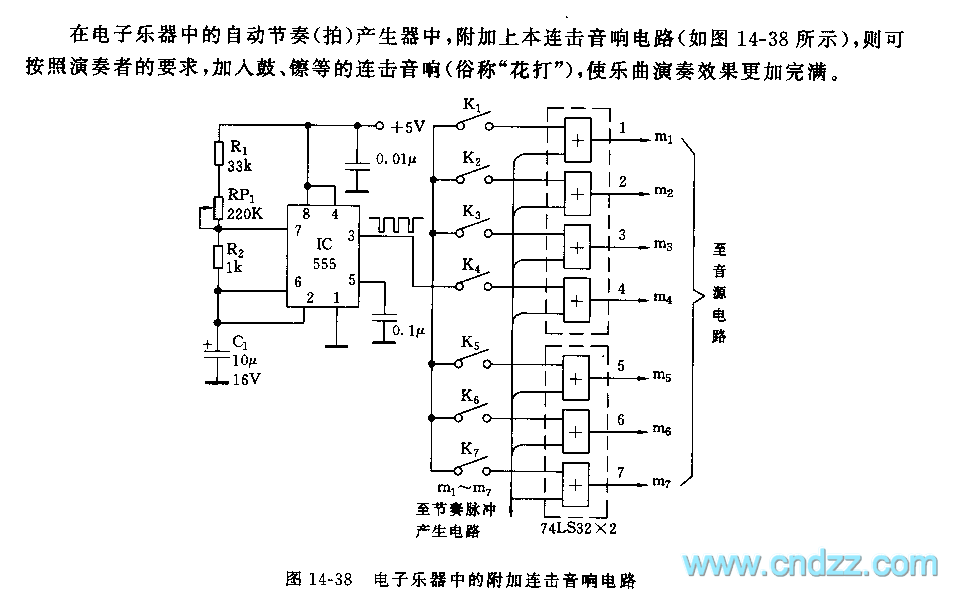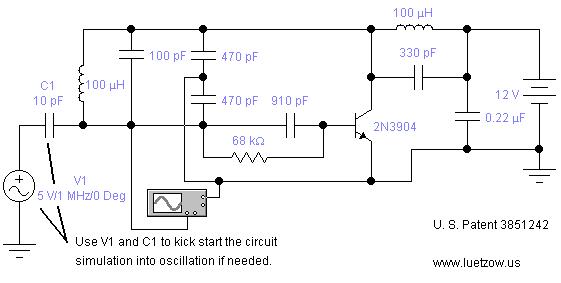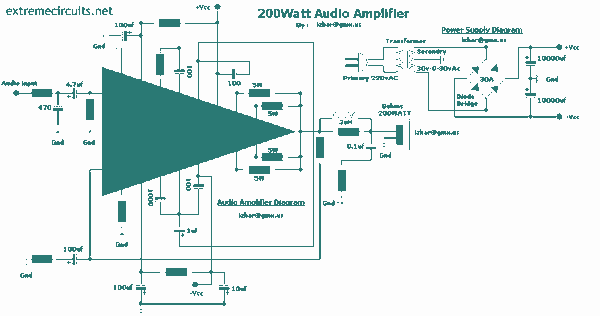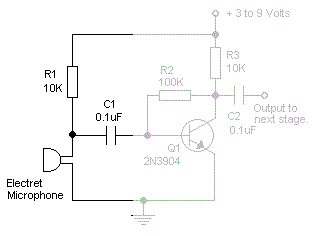
Oscillator produces audio sinusoids
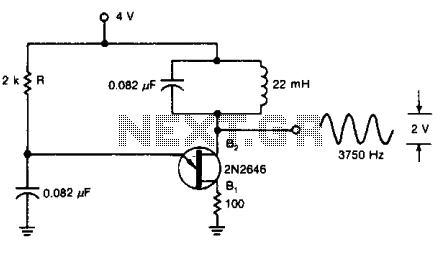
A tuned circuit can be incorporated into the current-pulse path of a UJT oscillator to generate a 3750-Hz sinusoidal signal at output B2, using the specified component values.
The UJT (Unijunction Transistor) oscillator is a type of relaxation oscillator that utilizes the unique characteristics of a UJT to generate oscillations. When a tuned circuit, consisting of an inductor and capacitor, is placed in the current path, it can enhance the oscillator's performance by creating a resonant frequency.
In this configuration, the UJT is triggered into conduction by the charging of the capacitor, which is part of the tuned circuit. The oscillation begins as the capacitor charges through a resistor until it reaches the UJT's threshold voltage, causing the UJT to turn on. This action discharges the capacitor quickly, generating a pulse. The tuned circuit, which resonates at 3750 Hz, filters these pulses into a smooth sinusoidal waveform.
The specific component values for the tuned circuit must be calculated to achieve the desired frequency. This involves selecting appropriate inductance (L) and capacitance (C) values such that the resonant frequency (f) is given by the formula:
f = 1 / (2π√(LC))
The output at B2 will thus provide a sinusoidal signal at the specified frequency, suitable for audio applications. The UJT oscillator's ability to produce audio sinusoids makes it particularly useful in various electronic applications, including signal generation and modulation tasks. Proper selection and arrangement of components are crucial for optimizing performance and achieving the desired output characteristics.By placing a tuned circuit in the UJT oscillator's current-pulse path, a 3750-Hz sinusoid can be created at B2 with the component values shown. Oscillator produces audio sinusoids.
The UJT (Unijunction Transistor) oscillator is a type of relaxation oscillator that utilizes the unique characteristics of a UJT to generate oscillations. When a tuned circuit, consisting of an inductor and capacitor, is placed in the current path, it can enhance the oscillator's performance by creating a resonant frequency.
In this configuration, the UJT is triggered into conduction by the charging of the capacitor, which is part of the tuned circuit. The oscillation begins as the capacitor charges through a resistor until it reaches the UJT's threshold voltage, causing the UJT to turn on. This action discharges the capacitor quickly, generating a pulse. The tuned circuit, which resonates at 3750 Hz, filters these pulses into a smooth sinusoidal waveform.
The specific component values for the tuned circuit must be calculated to achieve the desired frequency. This involves selecting appropriate inductance (L) and capacitance (C) values such that the resonant frequency (f) is given by the formula:
f = 1 / (2π√(LC))
The output at B2 will thus provide a sinusoidal signal at the specified frequency, suitable for audio applications. The UJT oscillator's ability to produce audio sinusoids makes it particularly useful in various electronic applications, including signal generation and modulation tasks. Proper selection and arrangement of components are crucial for optimizing performance and achieving the desired output characteristics.By placing a tuned circuit in the UJT oscillator's current-pulse path, a 3750-Hz sinusoid can be created at B2 with the component values shown. Oscillator produces audio sinusoids.
